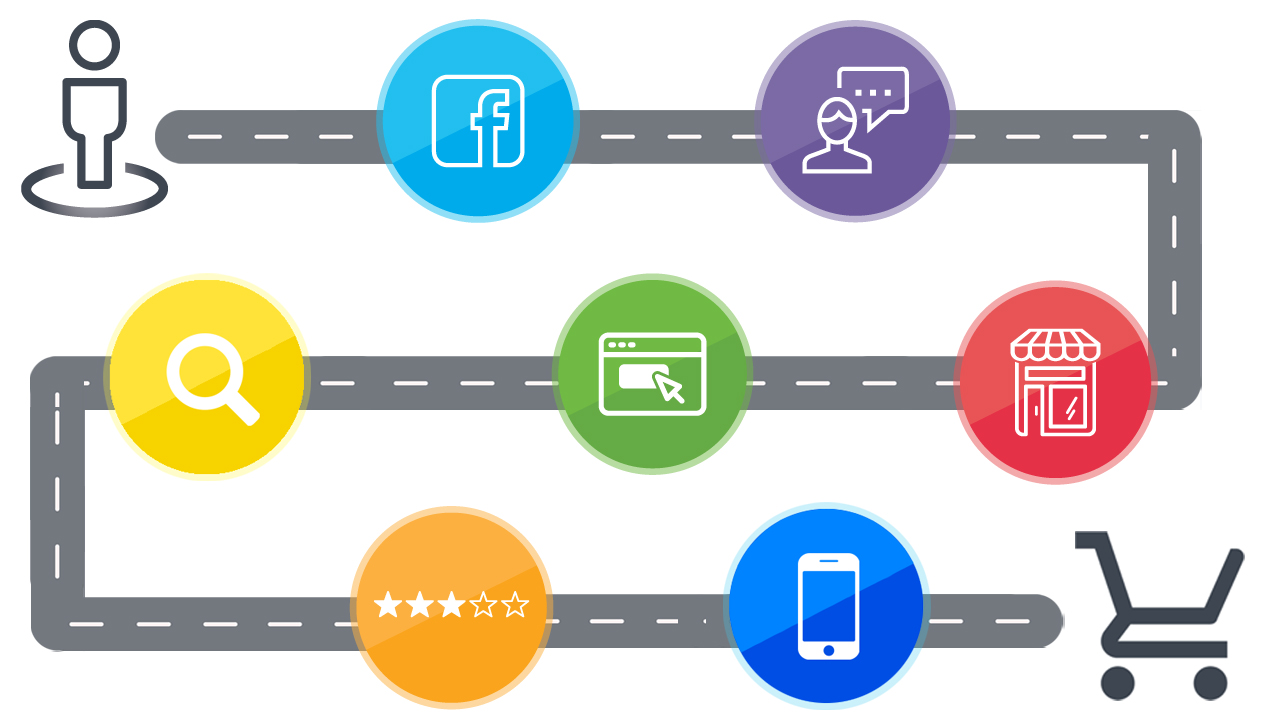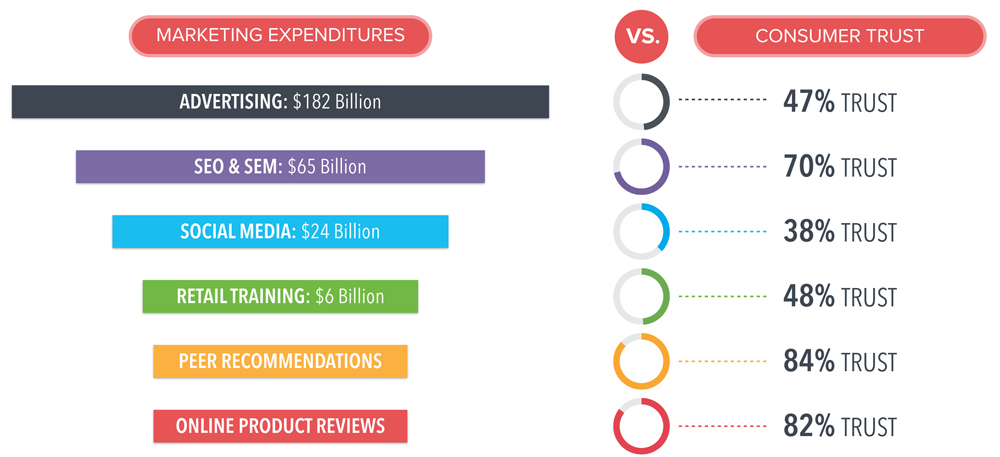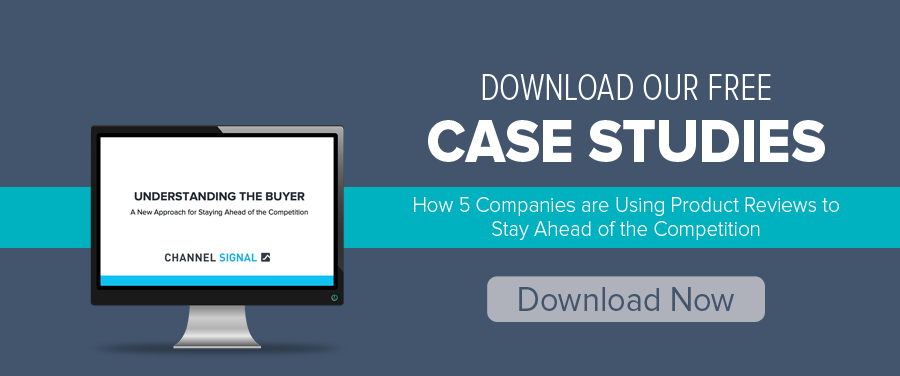Tim’s Journey to a Fitness Tracker Purchase

Ever since he got that new office job, Tim has gained some weight. He’d like to shed some pounds, and starts thinking about gym memberships, but gets distracted. Meanwhile, his co-worker Jenny has lost 10 pounds. He notices on her Facebook feed that she has been posting stats from her FitBit fitness tracker.
“10,000 steps today and feelin’ fine!”
Tim decides this would be much better than a gym membership given his busy lifestyle and budget constraints. This establishes his purchase intent, and he starts off on his path to purchase. The next weekend, Tim is at a family reunion and his cousin is wearing an Apple iWatch.
“It can do everything the FitBit can and more.”
Tim decides he needs to do a little research. He starts with a Google search for “best fitness trackers”. As he dives deeper, he adds the Jawbone to his prospects, but eliminates the iWatch. He wants to keep the product focused to fitness tracking only.
After visiting the Jawbone website, Tim starts to see some retargeting ads for their products. They bug him, but he admits it does keep the purchase at the top of his mind. Tim decides it’s time to try on a few watches for himself. He heads to his local sporting goods store and chats with the salesperson while trying a few on. Together they narrow it down to two FitBit versions and the Jawbone.
These three items will be a minor strain on Tim’s budget, so he has to make sure they are going to last. He pulls out his cell phone in the store and starts looking at online reviews. He immediately eliminates the Jawbone because reviewers have consistent complaints about quality and battery life. Looking at a couple negative reviews and a couple positive reviews for each FitBit, he narrows it down to the one that’s right for him.
He does a little price comparison and notes that it’s only $5 cheaper online, so he saves himself the hassle and buys the color blue he likes right in the store.
The Influence of Those Decision-Making Factors
As you can see, there are a variety of touch points along Tim’s buying journey. Statistically, here’s how much consumers trust each of those decision-making factors. Interestingly, there are no stats for expenditures on peer recommendations or online product reviews, which have the highest trust. The reason brands don’t spend much investing in peer recommendations is that it really needs to be more of an organic process. Consumers have a surprisingly keen ability to sense whether this type of influence was “bought”.
But why brands aren’t spending on the influential (82% consumer trust) area of product reviews is beyond our comprehension.

How does this compare to your brand’s typical customer buying journey? How does your brand currently measure product reviews? Let us know in the comments.

